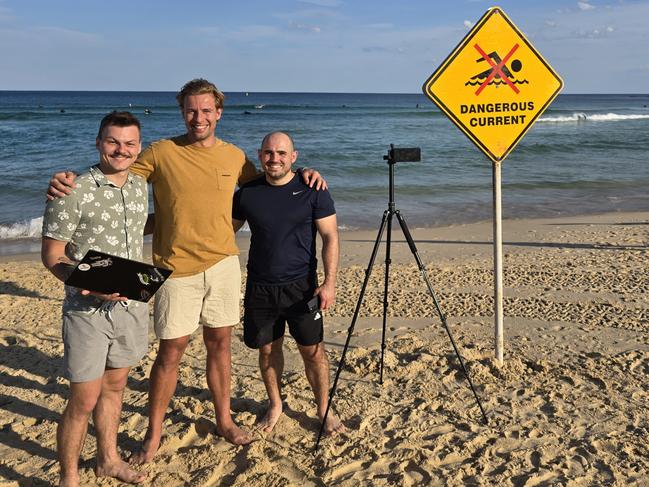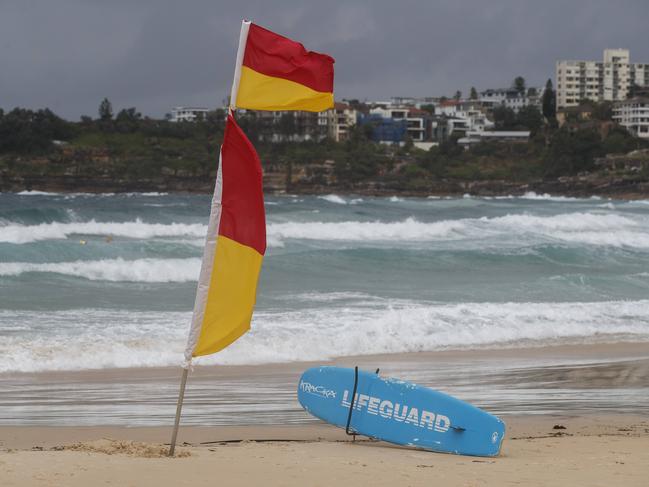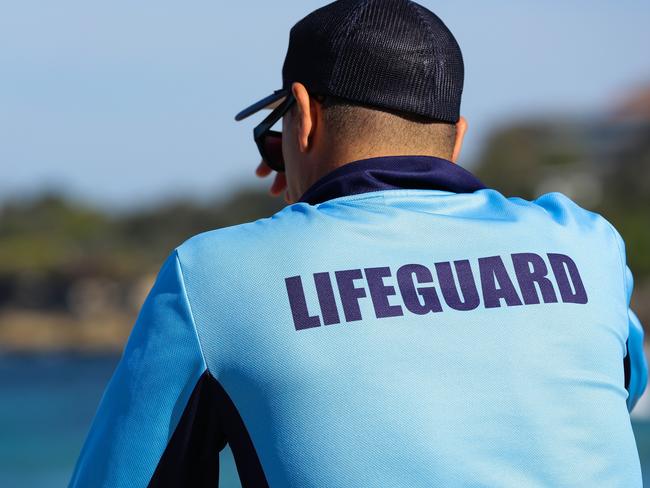Australian mates’ AI-powered solution to prevent beach drownings
Three friends are making waves with their world-first AI technology, which aims to detect rip currents across the Australian coast.
Innovation
Don't miss out on the headlines from Innovation. Followed categories will be added to My News.
An Australian trio have launched an AI-powered software that detects rip currents and struggling swimmers in an effort to reduce the number of beach drownings.
Frequenters of beaches along the east coast, Alex Piatek, Bryan Pakulski and Julian Kovacek have seen first hand how fast water conditions can change, sending swimmers into a life-threatening rip and potentially drowning.

It all began when Mr Piatek, a volunteer lifesaver, was celebrating a friend’s birthday at the Bondi Pavilion in Sydney with 30 off-duty lifesavers. At first, they saw an ambulance drive up to the beach, and after briefly searching the water for anyone in distress, the party continued.
Little did they know that three people were lost in the waves, struggling to stay afloat without anyone to assist. It took more than 40 minutes for the emergency to be resolved, with one person being pulled from the water unconscious.
“It was after sunset, and they had minimal light, using a large flashlight to spot the heads bobbing in the waves,” ResQVision co-founder Alex Piatek said.
“That’s when it hit me – if the group of lifesavers at the Pavilion had been alerted, we could have been on rescue boards and saved them in minutes.”
It was in that moment that he and his two mates decided to do something about it.

Armed with backgrounds in technology and engineering, the three friends have teamed up to develop the world’s first AI-generated software, ResQVision, that detects rip currents, large marine life and when a swimmer is in danger.
The technology will patrol beaches using a camera connected to the internet and pointed towards the ocean, tracking swimmers and detecting whether they’re in danger or heading to perilous conditions.
“There has never been a more opportune time to launch this lifesaving technology in Australia,” Mr Piatek said.
“As a volunteer lifesaver myself, my passion for preventing these tragedies led to the invention of ResQVision. Ready for a summer rollout, this technology has the potential to significantly improve beach safety not just in Australia but globally.”

Combining traditional AI technology that can track rip currents and ocean life, ResQVision determines whether a person is swimming, surfing or wading and combines this information and determines whether first responders should take action.
If a rip is detected in the water, the platform will highlight the area in a faint red colour. Swimmers who are not in apparent danger will show up with a blue box and a red tracking ID on the platform. However, if a person is swimming in the red zone, they will have a large red circle around them, highlighting they may be in potential danger and alerting lifesavers to take action.
“We are trying to catch people in distress or in high- risk zones before they are in serious danger,” Mr Piatek said. “If we deem a situation as high risk, we raise an alert with location video footage to a first party responder. They are then responsible for making a judgment call on the next steps, whether that be monitor the situation, call in lifeguards from a nearby location or even organising a rescue boat/helicopter for remote locations.”

Even if there isn’t a lifeguard on duty, or a person is swimming in an unpatrolled stretch of water, this technology can detect and alert the right people to assist.
The AI technology was trialled at Bondi Beach over the summer, but the ResQVision team hopes the technology will soon be rolled out across the country.
“ResQVision fills the critical gap in beach safety during unpatrolled hours and at unpatrolled locations,” Mr Piatek said.
The 2024 National Coastal Safety Report from Surf Life Saving Australia found there were 150 reported coastal drownings in the last 12 months, all of which occurred outside of patrolled areas.
One in three beach drownings are caused by rip currents, and while two out of five people say they can confidentially identify a rip, in reality, only 47 per cent can accurately spot one.
Worryingly, one in 10 do not check for rips, as 31 per cent of beachgoers aren’t sure what to watch out for.
“Patrolled beaches and patrol hours are generally safe, but there’s a gap during unpatrolled times or at unpatrolled locations,” Mr Piatek said. “We want to give first responders the ability to spot and help people before they become another statistic.”
Originally published as Australian mates’ AI-powered solution to prevent beach drownings



